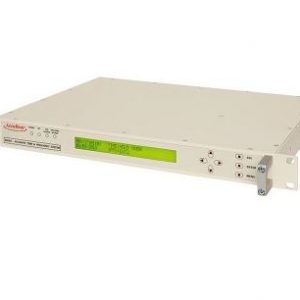Interconnect technology
Interconnect technologies within avionics are advancing with the more prevalent use of Fibre optic solutions. Carlisle Interconnect Technologies is one of the world’s leading designers and manufacturers of high-performance wire and cable including fiber, RF/ Microwave, specialty and filtered connectors, cable assemblies, complex harnesses, integrated installation kits and ARINC trays, racks and shelf assemblies, and offers engineering and certification services with DER, DAR, and DMIR personnel on staff. For over 70 years, CarlisleIT has been delivering highly reliable products to Aerospace, Defense, Medical, Industrial and other markets. Originally founded as the Tensolite Company in 1940, CarlisleIT has grown dramatically and now encompasses many recognized brands beyond Tensolite, including CDI, ECS, Jerrik, and QMI. CarlisleIT’s commitment to innovation, global manufacturing and continuous improvement through the Carlisle Operating System (COS) make us ideally suited to support your most demanding programs and applications.
Headquartered in St. Augustine, Florida CarlisleIT has operations in Arizona, California, Florida, Washington, Wisconsin and China.
www.carlisleit.com.
Key features for avionic applications use of Fibre offer many benefits,weight of fibre is far less than equivalent coaxial solution, with much wider bandwidth. Fibre cable is inherently less susceptible to to Electromagnetic interference and cross talk.
CarlisleIT LITEflight™ fiber optic cable products bring the incredible performance benefits of fiber
optic communications into most demanding applications.
» Performance in temperature extremes with products available to operate in environments from -65°C to 260°C.
» Lowest susceptibility to thermally induced signal loss.
» Minimal bend sensitivity
» Extreme shock and vibration resistance
» Extended flexibility and flexure endurance
» Tight kink resistance and tolerance
» High tensile strength
» Maximum abrasion resistance
» Ultimate resistance to corrosive fluids and gases
» Widest connector and contact compatibility
» Low smoke & toxicity for transport installations
» Flame Resistance exceeding FAR 25 Appendix F
» Compatibility with the broadest range of contact and connector systems
» Radiation tolerant products available
Designed to perform in the harshest installation and operating environments CarlisleIT’s LITEflight™ fiber products offer unmatched performance in temperature extremes, high vibration, tight bending, high mechanical shock, corrosive and caustic installation scenarios. Add in the non-flammable properties, low smoke, low toxicity, low weight, immunity to electromagnetic interference (EMI) and you’ve got a future-proof fibre optic interconnect solution.
Use of fibre spreads over full scope of the airborne market
Commercial :
In-Flight Entertainment (IFE), Enhanced Vision, Video, Sensors, Flight Control (fly-by-light), Electronic Flight Bag.
Defence:
Heads-Up Display Systems, Airframe Sensors, Communications, Tracking and Target Acquisition, Primary Flight Computing, Shipboard Communication and Navigation Systems, Vehicle Communications and Sensors, Ground Based Tactical Communications, Ship-to-Shore Communication Systems, Deployable Radar Systems, Deployable Airfield Communications, Fiber-Guided Missiles, Tethered Sensors.
Satellite:
Communication Systems, Land-Based and Marine Geoseismic Sensor Applications, Underground and Surface Mining Instrumentation, Power Station Instrumentation and Sensors, Robotics and Automation Communications, Crane Festoon Cabling.
































































































